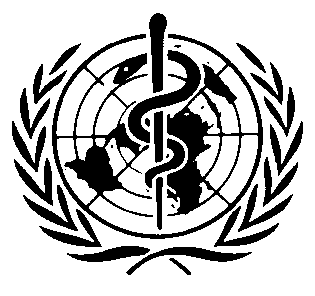International Chemical Safety Cards
| 1,3-BUTANEDIOL | ICSC: 1182 |




1,3-Dihydroxybutane Methyltrimethylene glycol C4H10O2 / CH3CHOHCH2CH2OH Molecular mass: 90.1 CAS # 107-88-0 RTECS # EK0440000 October 10, 1997 Peer reviewed |
| TYPES OF HAZARD/ EXPOSURE | ACUTE HAZARDS/ SYMPTOMS | PREVENTION |
FIRST AID/ FIRE FIGHTING |
| FIRE |
Combustible.
|
NO open flames.
|
Powder, alcohol-resistant foam, water spray, carbon dioxide.
|
| EXPLOSION |
|
|
|
| EXPOSURE |
|
|
|
| •INHALATION |
Cough.
|
Ventilation.
|
Fresh air, rest.
|
| •SKIN |
Redness.
|
Protective gloves.
|
Remove contaminated clothes.
Rinse and then wash skin with water and soap.
|
| •EYES |
Stinging sensation.
Redness.
|
Safety spectacles.
|
First rinse with plenty of water for several minutes (remove contact lenses if easily possible), then take to a doctor.
|
| •INGESTION |
|
Do not eat, drink, or smoke during work.
|
Rinse mouth.
Give plenty of water to drink.
Rest.
|
| SPILLAGE DISPOSAL | STORAGE | PACKAGING & LABELLING | ||
|
Collect leaking and spilled liquid in sealable containers as far as possible.
Wash away remainder with plenty of water.
|
|
R: S: |
||
| SEE IMPORTANT INFORMATION ON BACK | ||||
|
||||